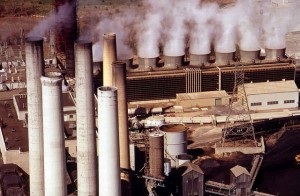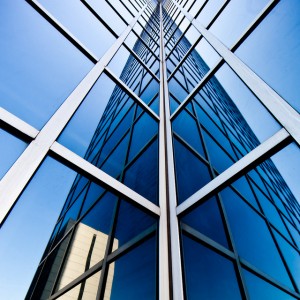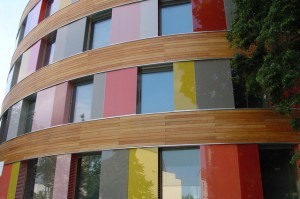Cardinal Glass To Build Advanced Glass Facility
Cardinal Insulating Glass (Cardinal IG), a subsidiary of Cardinal Glass Industries, will build a 250,000 square foot advanced manufacturing facility in Buckman, AZ. Cardinal was founded in Minneapolis, MN in 1962, and has more than three dozen glass manufacturing facilities in the United States.
The Buckman facility will join other Cardinal IG manufacturing plants in Indiana, Iowa, North Dakota, Oregon, Pennsylvania, Texas and Virginia. The company’s research and development firm is located in Minneapolis.
As a company, Cardinal specializes in producing energy-efficient windows and doors for residential use. According to the company, energy savings from its annual production eliminates the need for 3.5 coal-fired power plants. Additionally, use of the company’s energy efficient glass products virtually neutralizes the company’s carbon footprint from manufacturing.
In addition to manufacturing low-e glass, the company also manufactures spacer systems for double-pane and triple-pane windows, gas-insulated windows and films designed to protect glass in transit. Additionally, the company manufactures coatings designed to reduce solar heat gain in buildings, decrease dirt accumulation on glass, and resist the impact of severe weather events like hurricanes.
Controlling heat gain in buildings (both residential and commercial) is critical to reducing energy consumption. Currently, residential construction is the single largest consumer of energy in the United States. To meet reduction targets for greenhouse gas emissions, and reduce the need for additional power plants, residential consumers will be encouraged to reduce their energy consumption.
By installing energy efficient glass in windows and doors, and by making use of glass coatings to reduce solar heat gain, residential consumers can reduce their energy bills and make their homes more comfortable.
Glassprimer™ glass paint offers superior UV resistance and performance when applied to glass. Glassprimer™ glass paint is specially engineered to bond permanently to glass surfaces, and will not peel, chip or fade. Glassprimer™ glass paint can help reduce solar heat gain without significantly reducing transmissible light, and performs well in kitchens and bathrooms.
If you’d like more information about Glassprimer™ glass paint, please visit the rest of our site. If you’d like to purchase Glassprimer™ glass paint, please visit our online store .
Photo Credit: Stuart Rankik, via Flickr.com



